-
1Inspect the Damage:
![]()
First thing we will need to do is to go through the gramophone and inspect all the damage that will need to be repaired.
In my case even though it looked pretty bad there was minimal serious damage.
![]()
Major problems that needed to be addressed:
- Damaged reproducer diaphram that needed to be replaced.
- A clonky mainspring that was in desperate need of a service.
- Other than that I'm just going to give the enclosure a refresh.
-
2Stripping It Down:
![]()
Now we need to start stripping it down.
Caution! - There will litterally be a hundred years worth of dirt and dust bunnies in there :D
These old machines are really simple to disassemble, what you see is what you get, there are no tricky clips or flimsy plastic parts just easy to see plain old screws.
Tip: Organise and mark your screws (or take photos) as you disassemble because although a lot of them might look the same they can be different lengths and this will cause a big headache when you've finished painting your case and drive a long screw through your brand new finish.
![]()
Separate all the components into batches depending on what needs to be done to them:
- Parts that need to be painted
- Parts that need to be polished
- Motor assembly
- Parts that need to be wrapped
-
3The Motor Assembly:
![]()
This is the part that will require the most elbow grease, actual grease and concentration.
Most of the portable gramophones I have repaired share the same basic motor design, some might look a little different but the working principal remains the same. It might seem intimidating at first but once you start taking it apart you'll realize how simple it really is. JUST DOCUMENT THE DISASSEMBLY WELL!
![]()
If you are struggling at any stage you can search for the motor model on Google there are a lot of resources available, also feel free to leave me a message and I will try to help where I can.
Once all the parts have been disassembled I placed everything in degreaser and left it for a few hours to do it's magic.
Rinse everything and dry well, to prevent any rust I just sprayed everything with some white lithium grease and wiped it down.
![]()
> Here is an excelent video on YouTube on how to service the main spring <
Now there are quite a lot of conflict on the internet regarding what to use as lubricants... Do we use modern lubricants or do we stick to Edison's recipe of petroleum jelly mixed with graphite...
![]()
![]()
Well personally I think we are miles ahead with lubrication formulations and prefer to used modern lubricants. For my projects I like to use a Moly Lithium Grease for the main spring and gears and then a Fully Synthetic Gearbox Oil for all the bushings.
Reassemble the motor and then store it in a plastic bag.
![]()
-
4The Horn:
![]()
Unfortunately upon removal of the horn I saw that the solder on the mounting plate of the horn has completely broken loose so I will need to resolder it.
I started by cleaning up the joint and surrounding area with some fine steel wool, next I smeared some solder flux all around the joint.
![]()
Now start heating the bottom of the mounting plate with a butane torch, we heat from bellow so that the solder wicks into the joint otherwise it will just pool up on top. Add new solder if necessary.
Be careful not to heat up the horn too much as this will cause the other joints to loosen.
After the soldering was done I painted the whole horn with some automotive stone chip paint to dampen it slightly.
![]()
-
5Refresh the Enclosure:
![]()
Time to get started with the enclosure.
I started by removing all of the old worn vinyl from the inside and out with the help of a metal scraper, these tend to peel off quite easily but you just want to remove as much of the glue on the wood as well.
![]()
PS. Do not get the glue wet, on all of the ones i've restored they still used a water based glue that gets really slimy and disgusting when wet!
Next I sanded down the box using some 160 grit sanding paper then filled all the dings and holes that aren't meant to be there with some wood filler.
When the filler has dried sand it down until you have a nice even surface.
Spray the enclosure with some high filler primer and leave to dry.
Now give your arms a good workout by sanding your primer with a 400 grit sand paper and a damp cloth to lubricate it, be careful not to go through the primer into the wood as it will cause it to swell and you will have to prime the spot again.
Now the exciting part... Spraying the case!
I wanted this gramophone to be in a lighter color than my previous ones that were usually piano black but still something vintage so I decided on this seawash green that is actually an vintage Mercedes color and personally I think it looks great paired with the off white leather and brushed gold accents.
![]()
After my paint has dried I sanded the entire case with some 1500 grit paper to prep the surface for the decals and clear coat. If you are just doing a plain color with no decals you don't need to sand it again.
-
6The Sound Reflector:
![]()
Whilst the reflector in my gramophone was still there, because it was only made of cardboard it was bent and had some water damage so I decided to make a replacement.
To do this I used a piece of 1mm thick poly-carbonate sheet that I traced the old reflector onto and cut it to size.
Then I took a heatgun to slowly heat up the entire piece so that I could shape it over a round object (I used an old paint can).
I used some CA Glue to stick it into place and then filled up the back with some expanding PU Foam.
-
7The Decal:
![]()
Because there is nothing decorative on the lid of this model it looked quite plain just sprayed so I decided to fire up my laser engraver and cut out a mask for some decals.
To find a vector file for your logo in order to laser cut it you can search on Google for the manufacturers logo and then convert that image into a vector using a free online converter like Autotracer.org
I cut the logo out on some vinyl sticker and then transferred it to the lid.
Mask all the exposed areas around the decal off and spray lightly with the desired color.
![]()
Remove the sticker and leave it to dry.
After it has dried use some 1500 grit sand paper and gently sand over the logo.
![]()
-
8Get Rid of All That Rust:
![]()
Now we need to get rid of 100 years worth of grime on the metal parts.
I started by dropping all of the metal/chromed parts into a bucket with some rust remover and leaving it to do its work. I then scrubbed each part well with a brush to get rid of any residue left behind.
![]()
Rinse off well with water and dry.
Next each part was buffed with compounding sticks starting with a course compound and finishing is off with a fine grit.
Before assembling I will go over all the parts again with a liquid metal polish.
![]()
-
9Painted Parts:
On this model there was also a few parts that were painted like the back hinge, the handle and the needle holder.
I took some fine steelwool and buffed all of the parts before painting them with some matt black paint using an airbrush.
![]()
-
10The Soundbox:
![]()
Luckily the soundbox was still in relatively good condition and it just needed a new diaphragm, some rubbers and a good clean.
Upon taking it apart I realised that just like the throat rubber the ones inside for the diaphragm is also beyond saving so my 3D printer had to come to the rescue...
![]()
I printed the three new rubbers using some soft TPU filament and they work brilliantly.
The back case/weight was just scrubbed with steelwool and painted with matt black, while the front was polished...ALOT... to bring out the brass underneath the not so well done chrome plating.
![]()
![]()
Restoring a 1920's Gramophone
Restoring a 1920's Gallotone gramophone that has seen some better days.
 Jamie Matthews
Jamie Matthews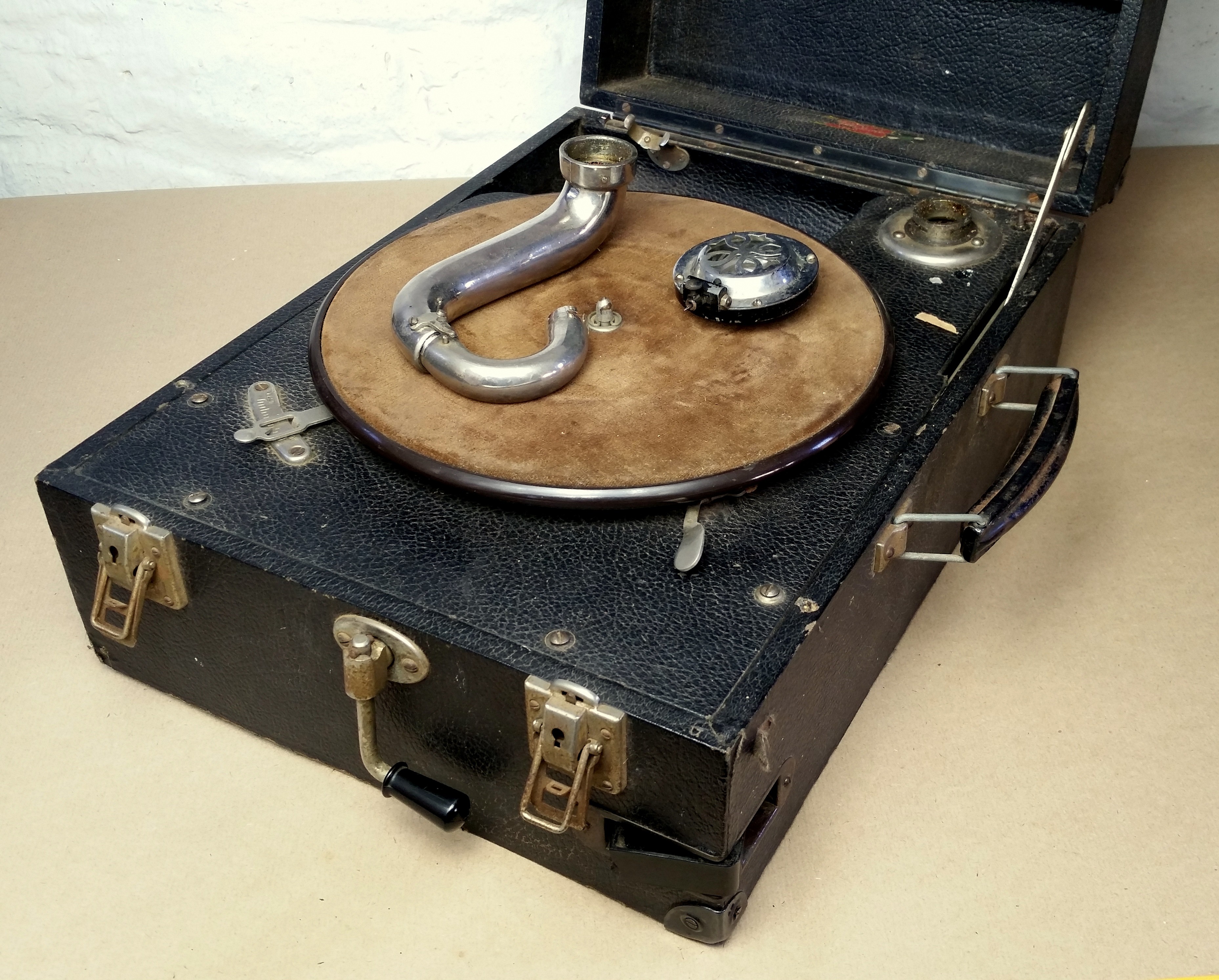

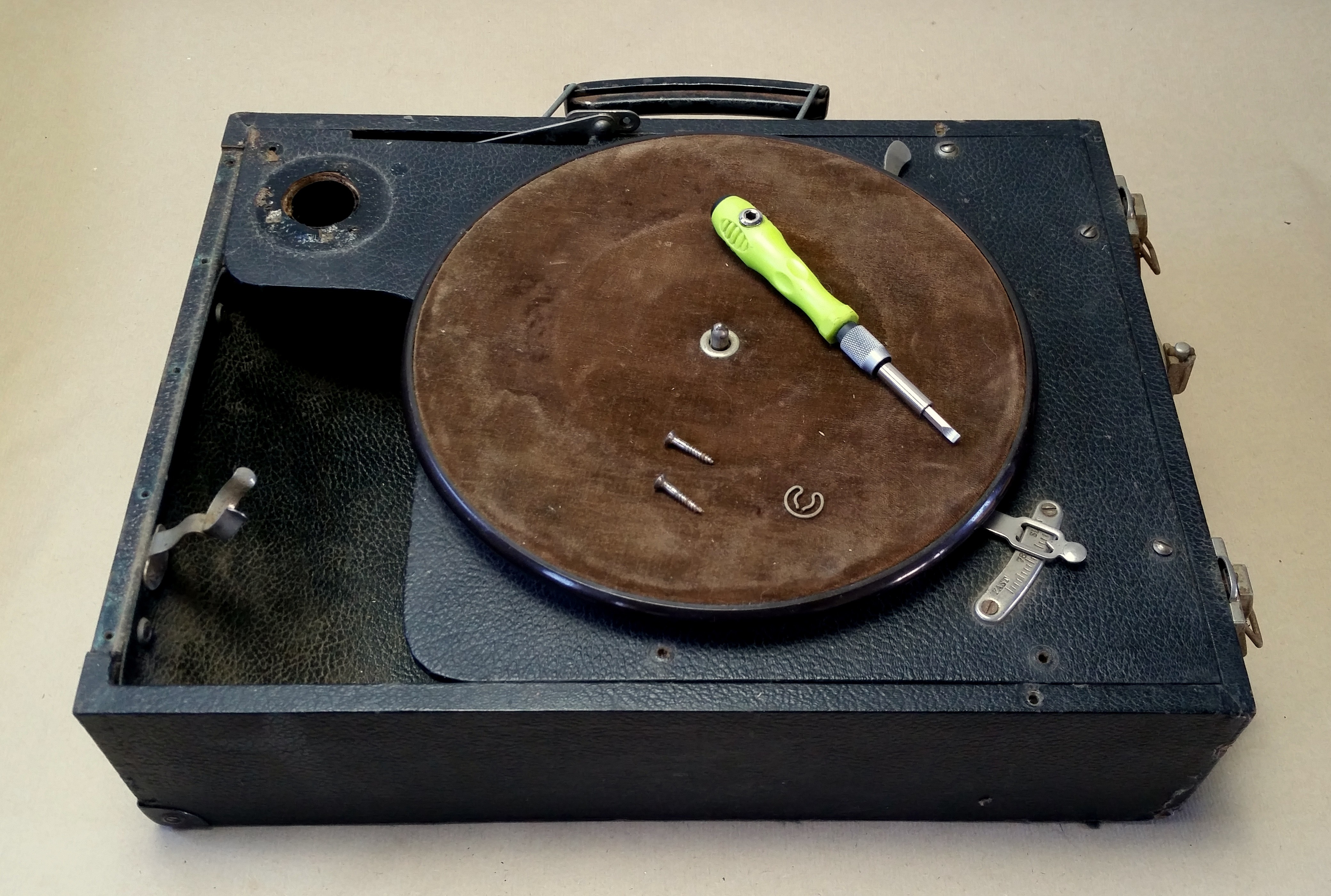

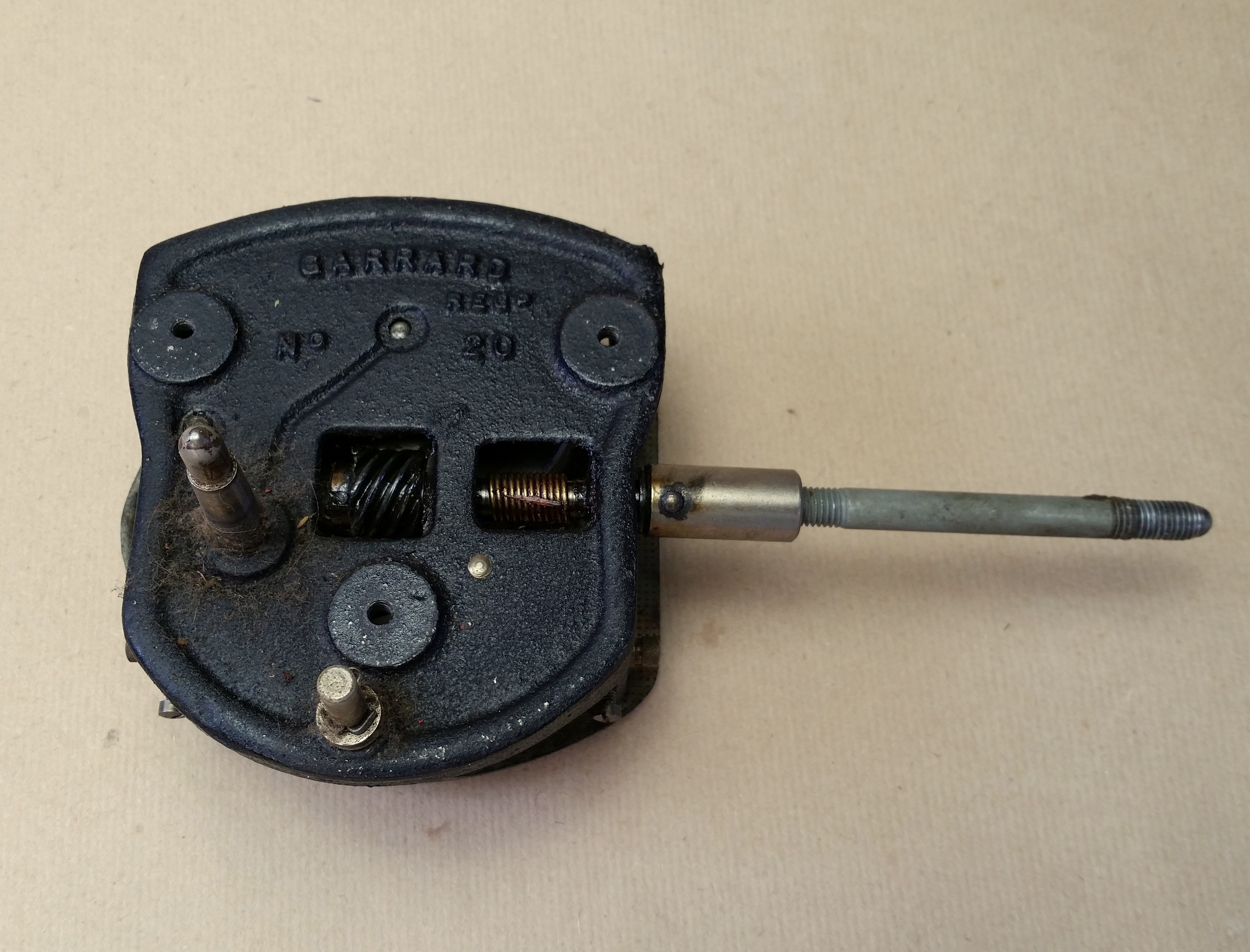
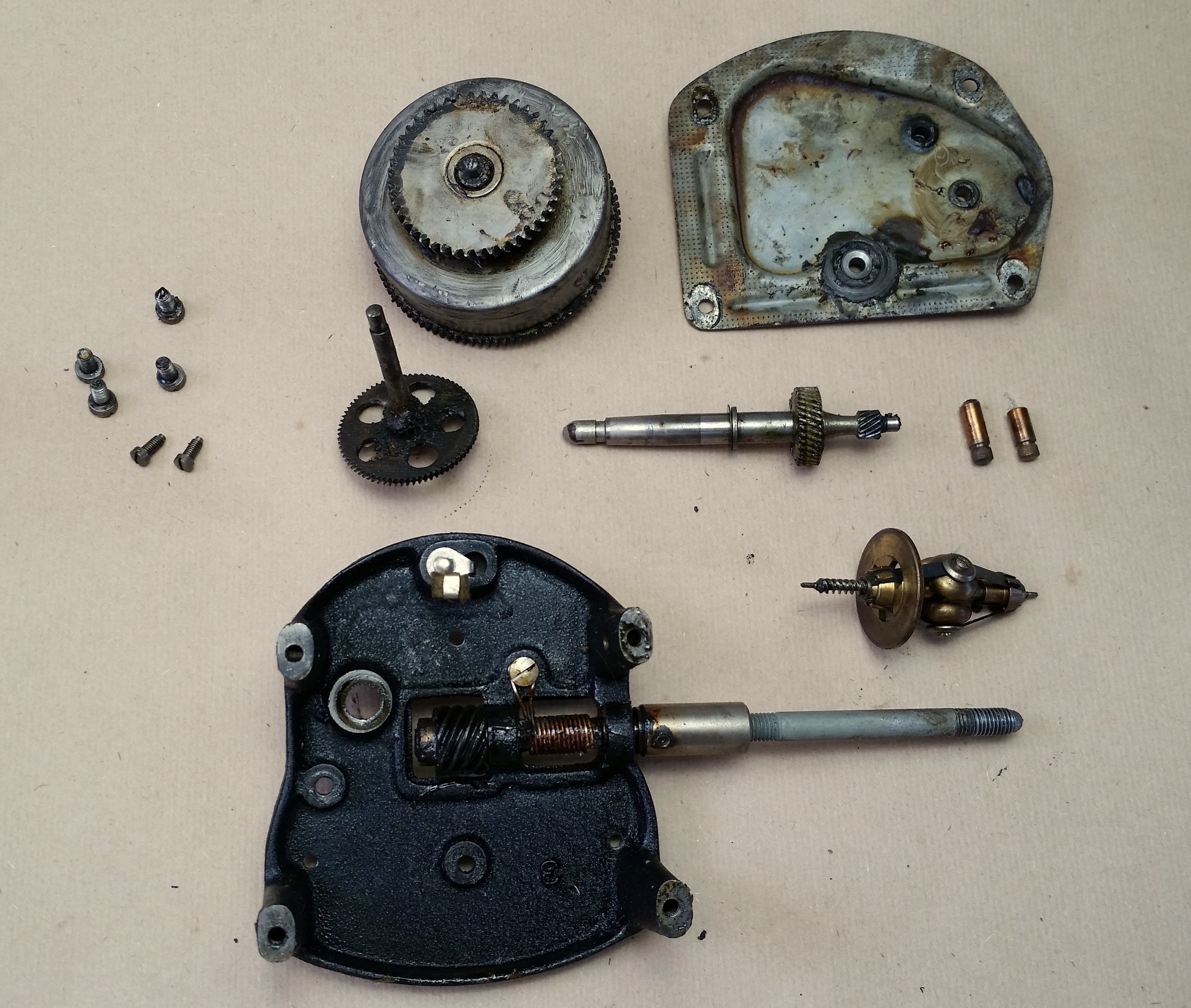


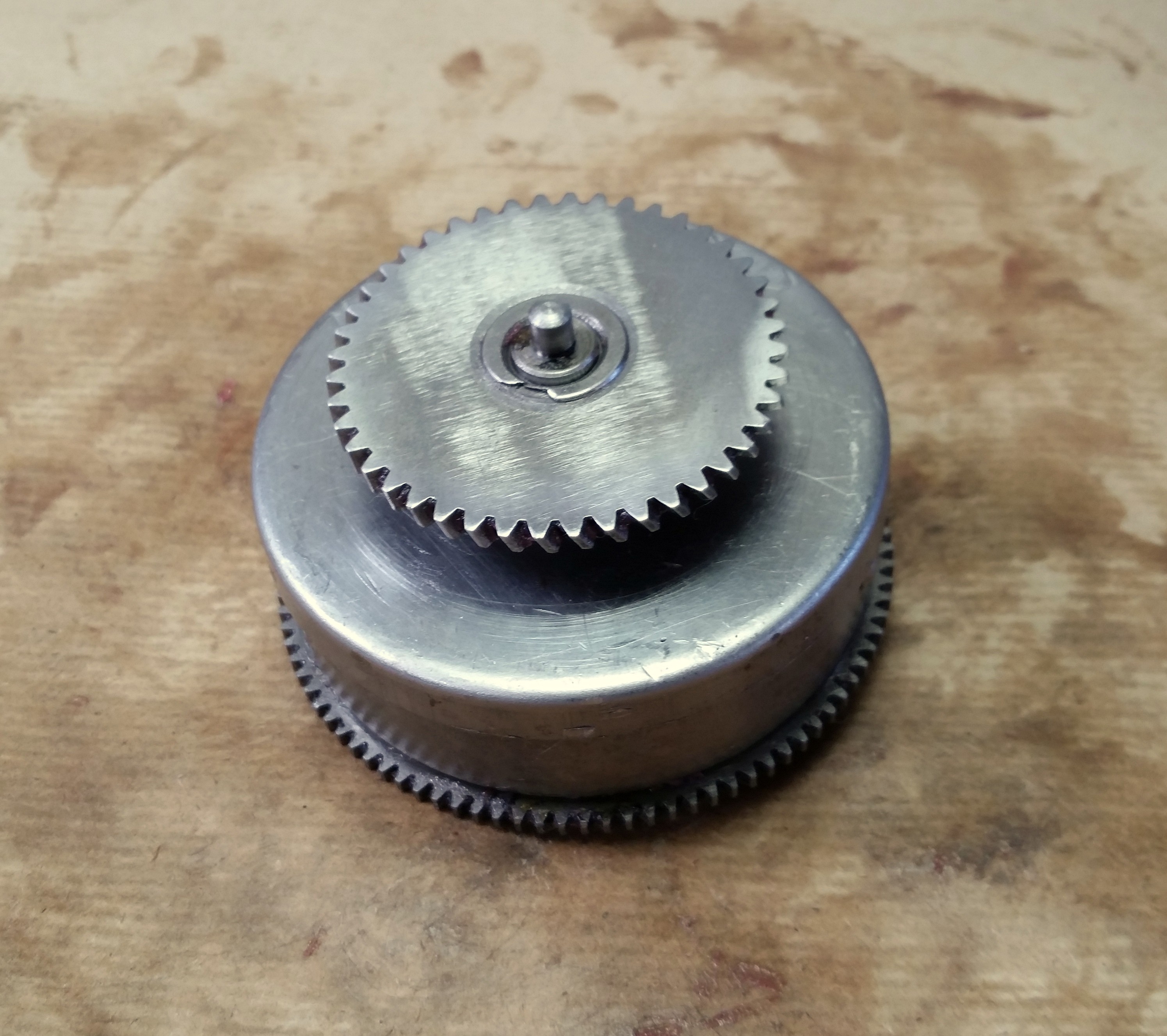


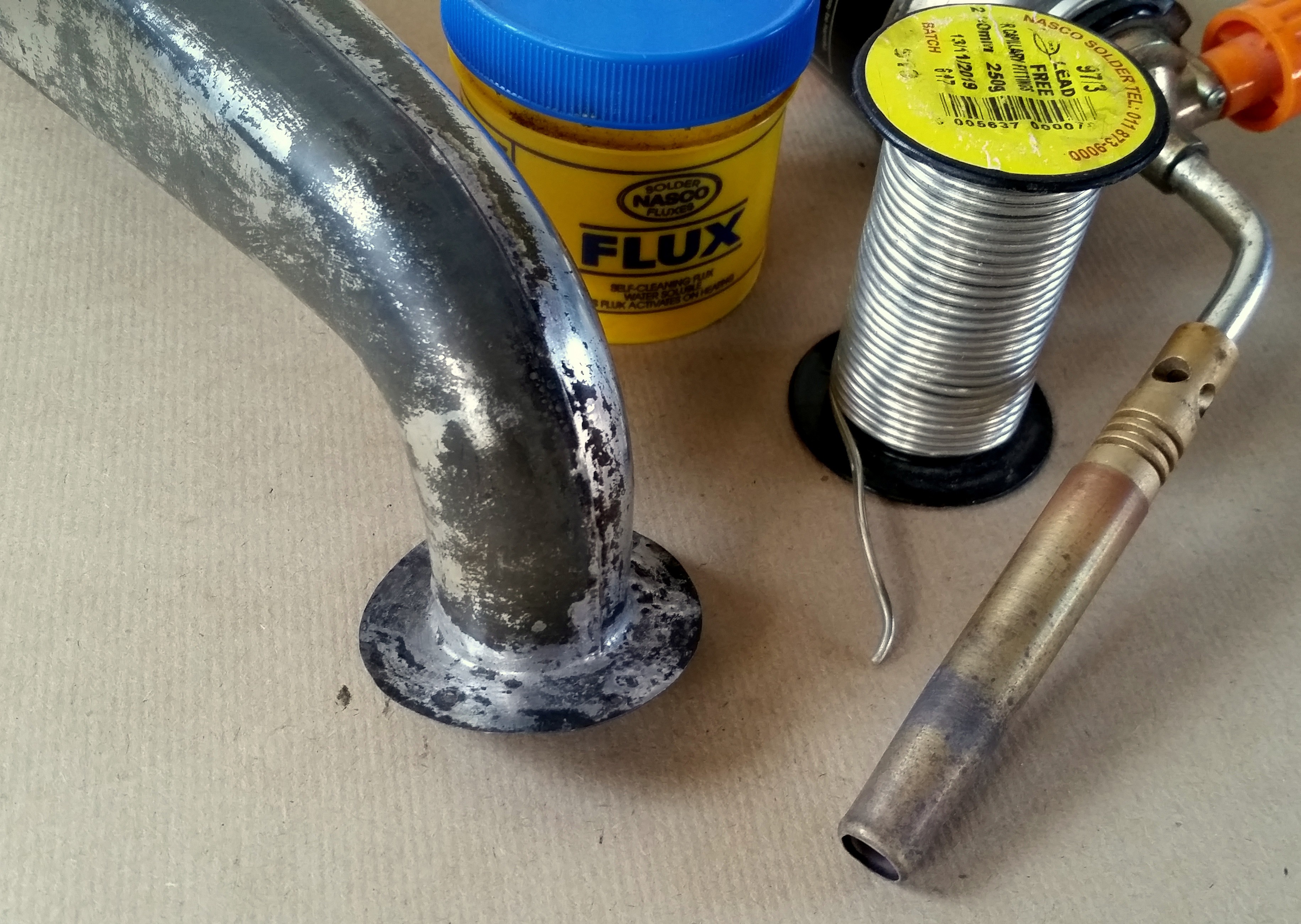
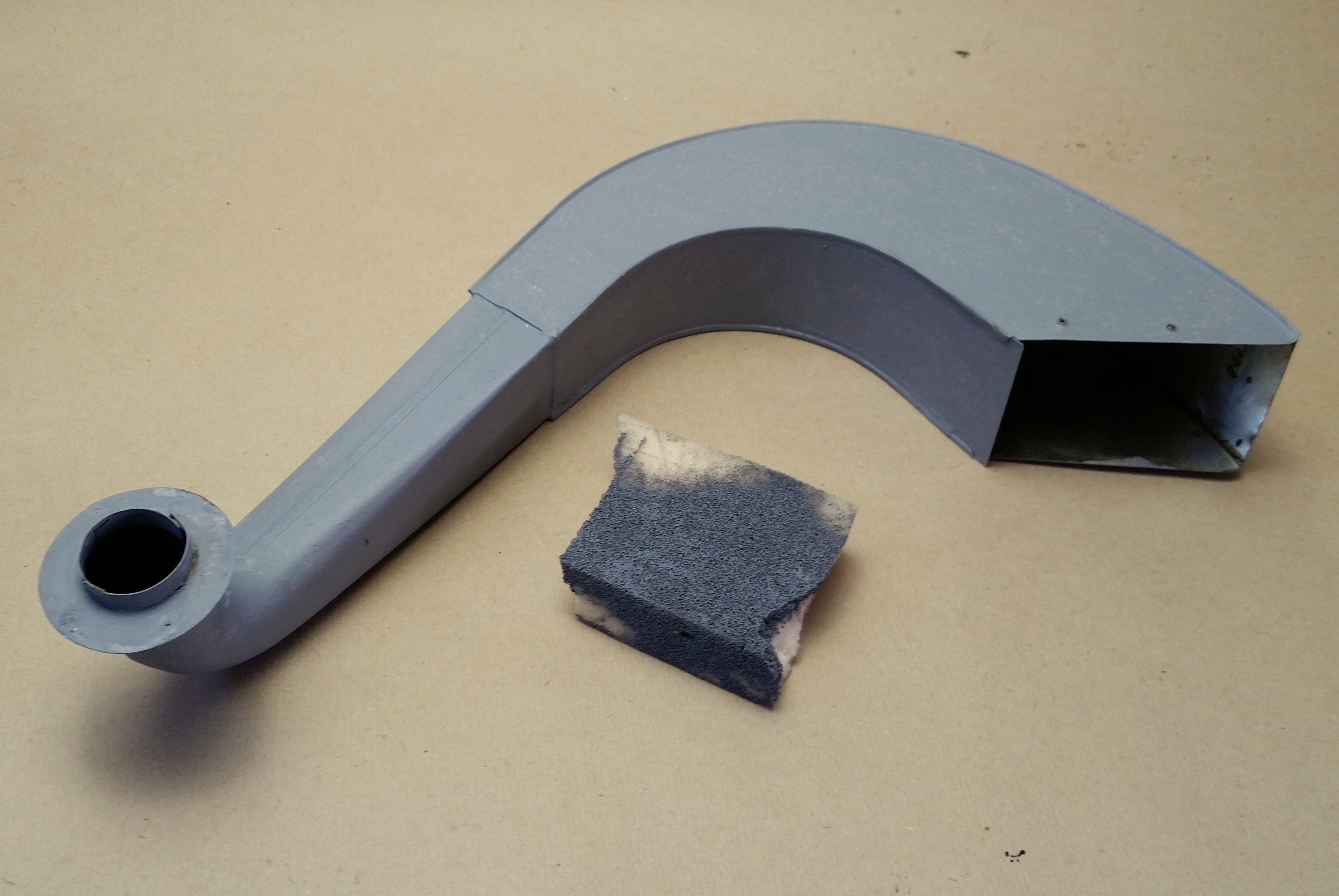
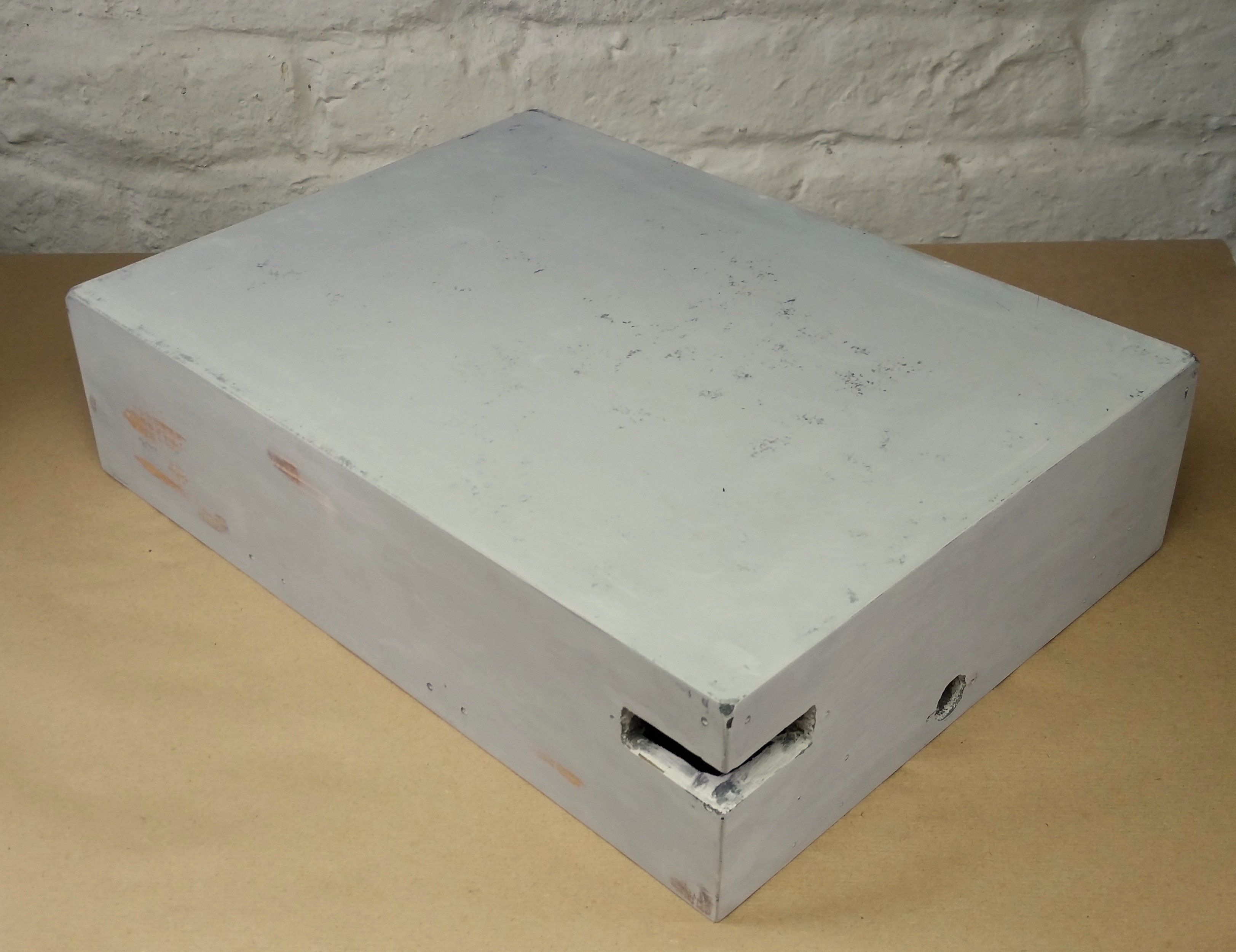
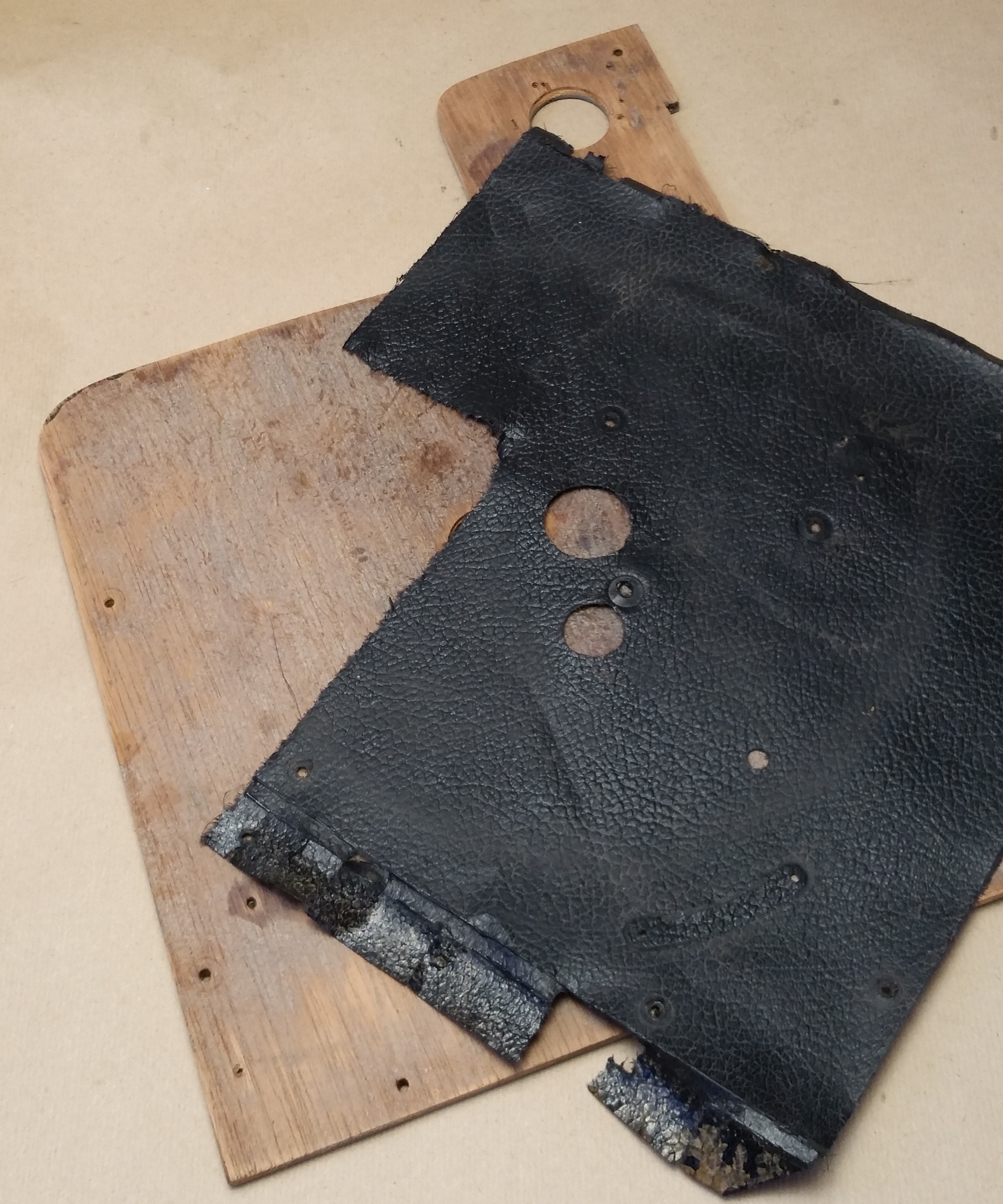
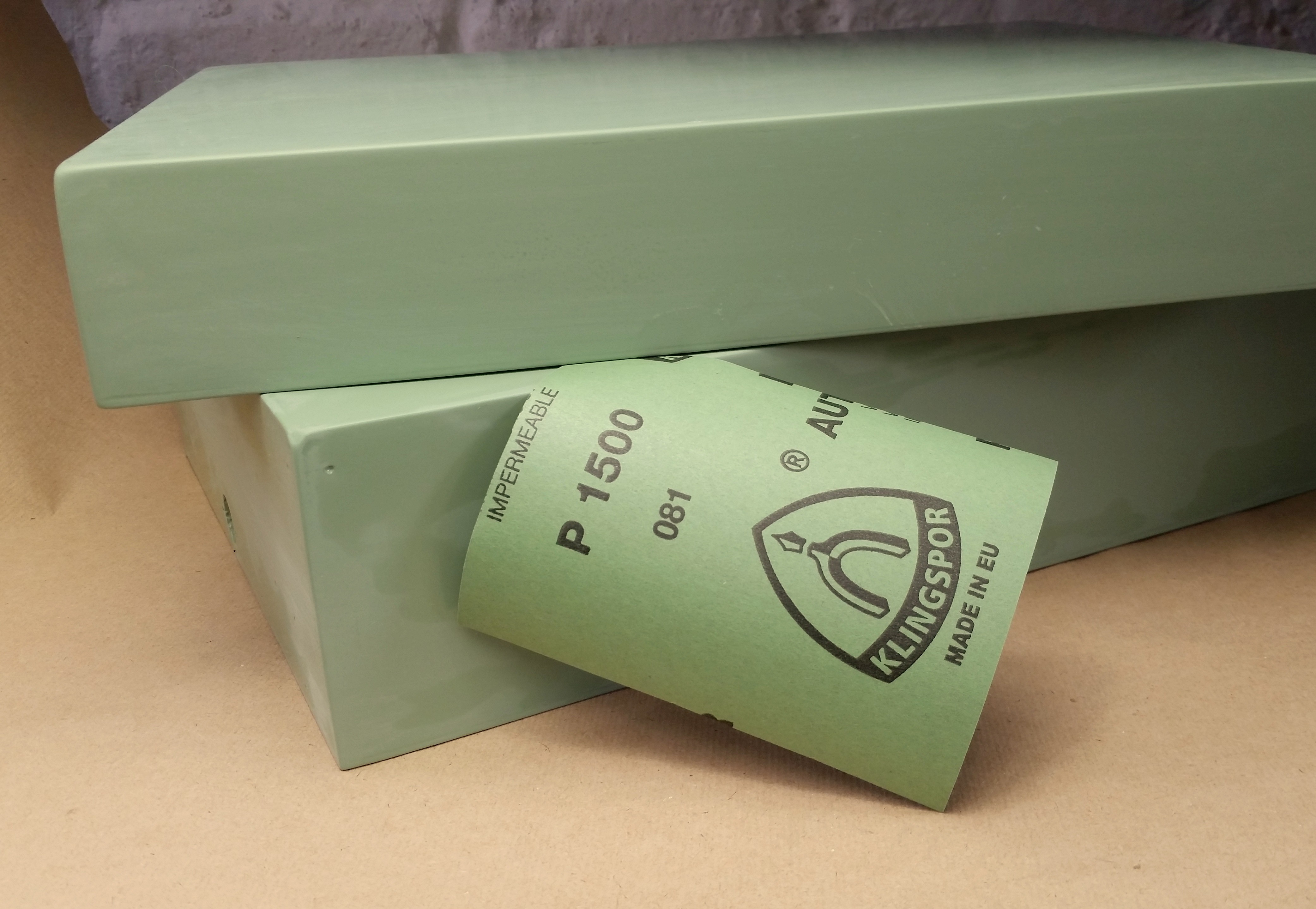


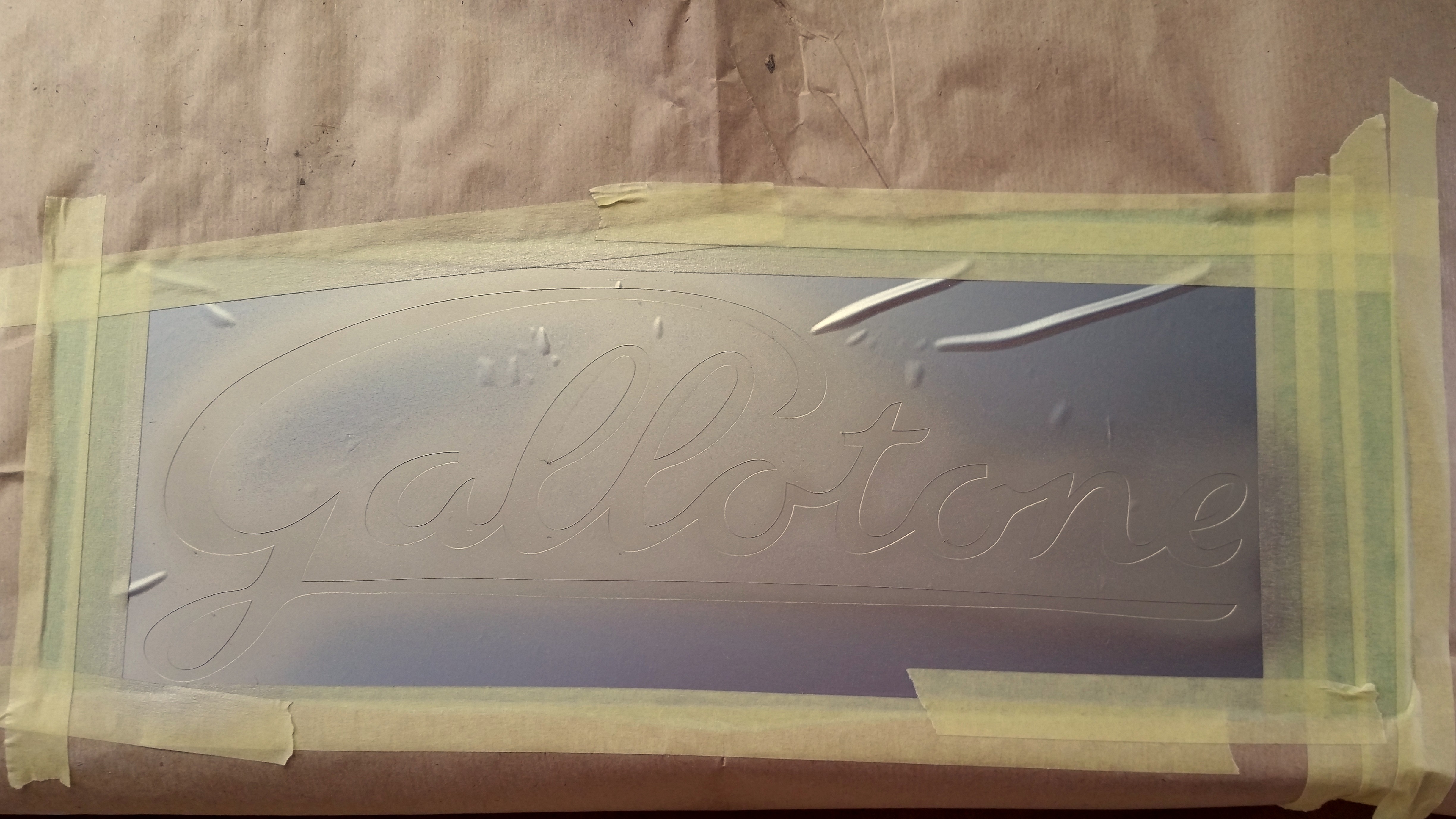

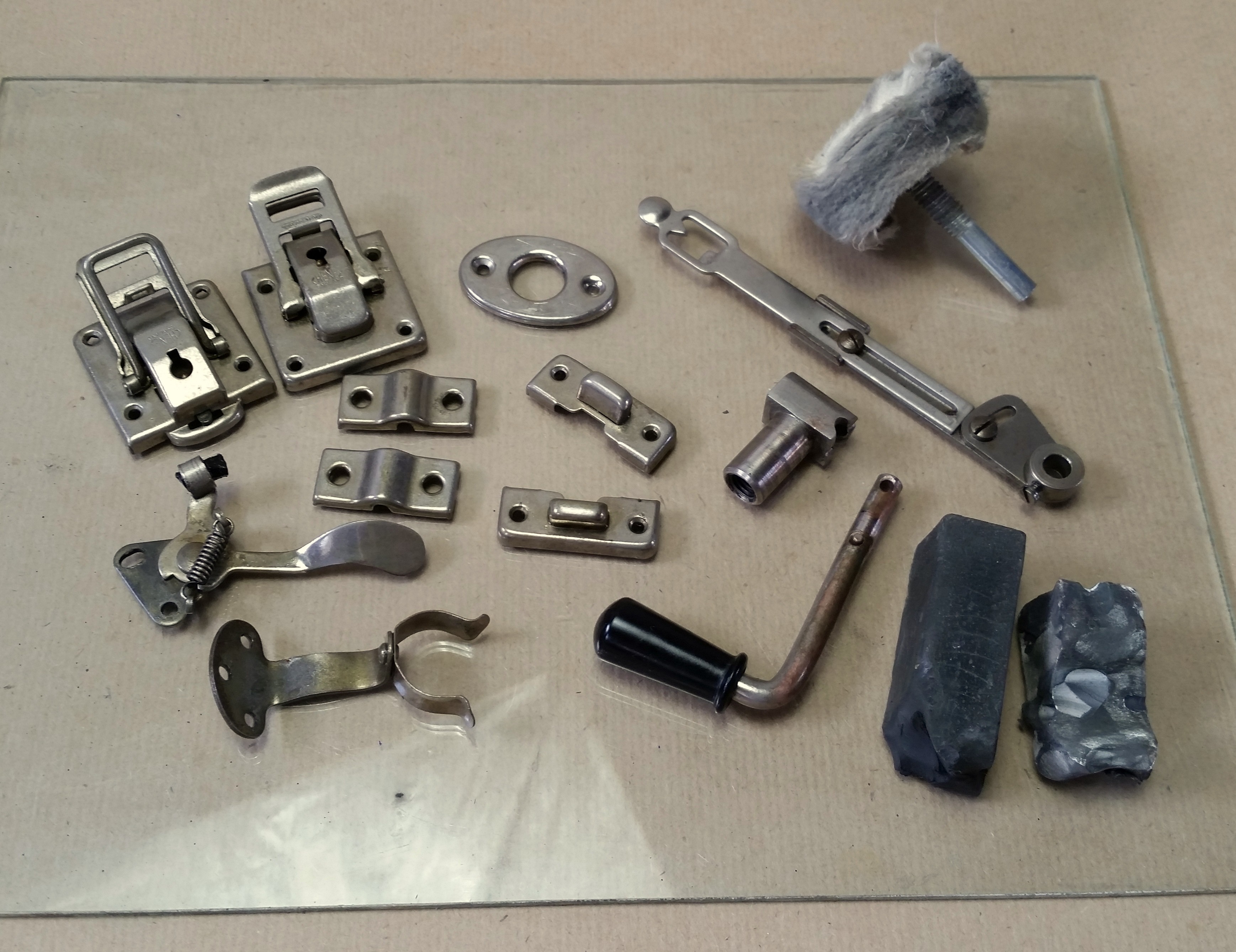
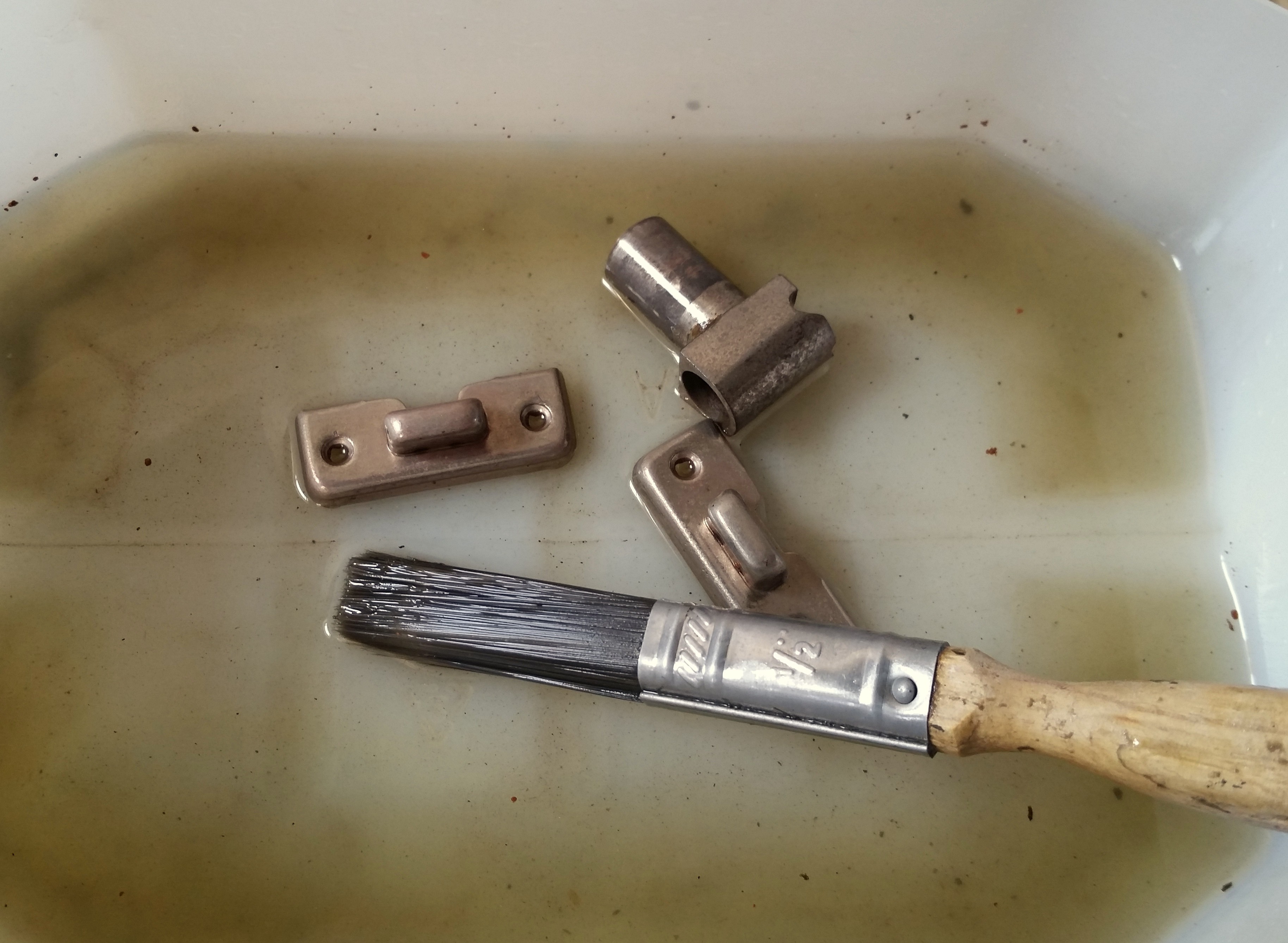
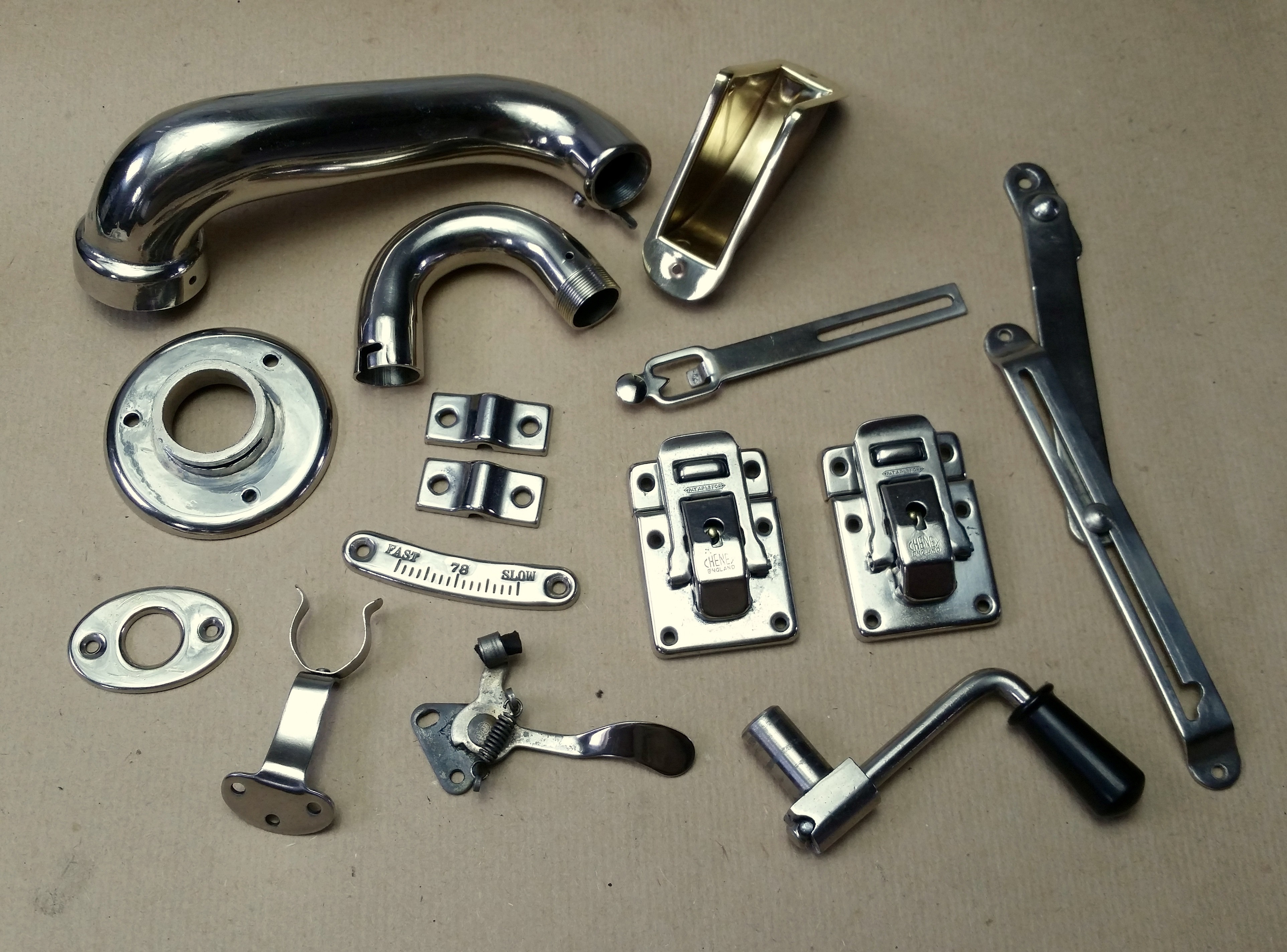
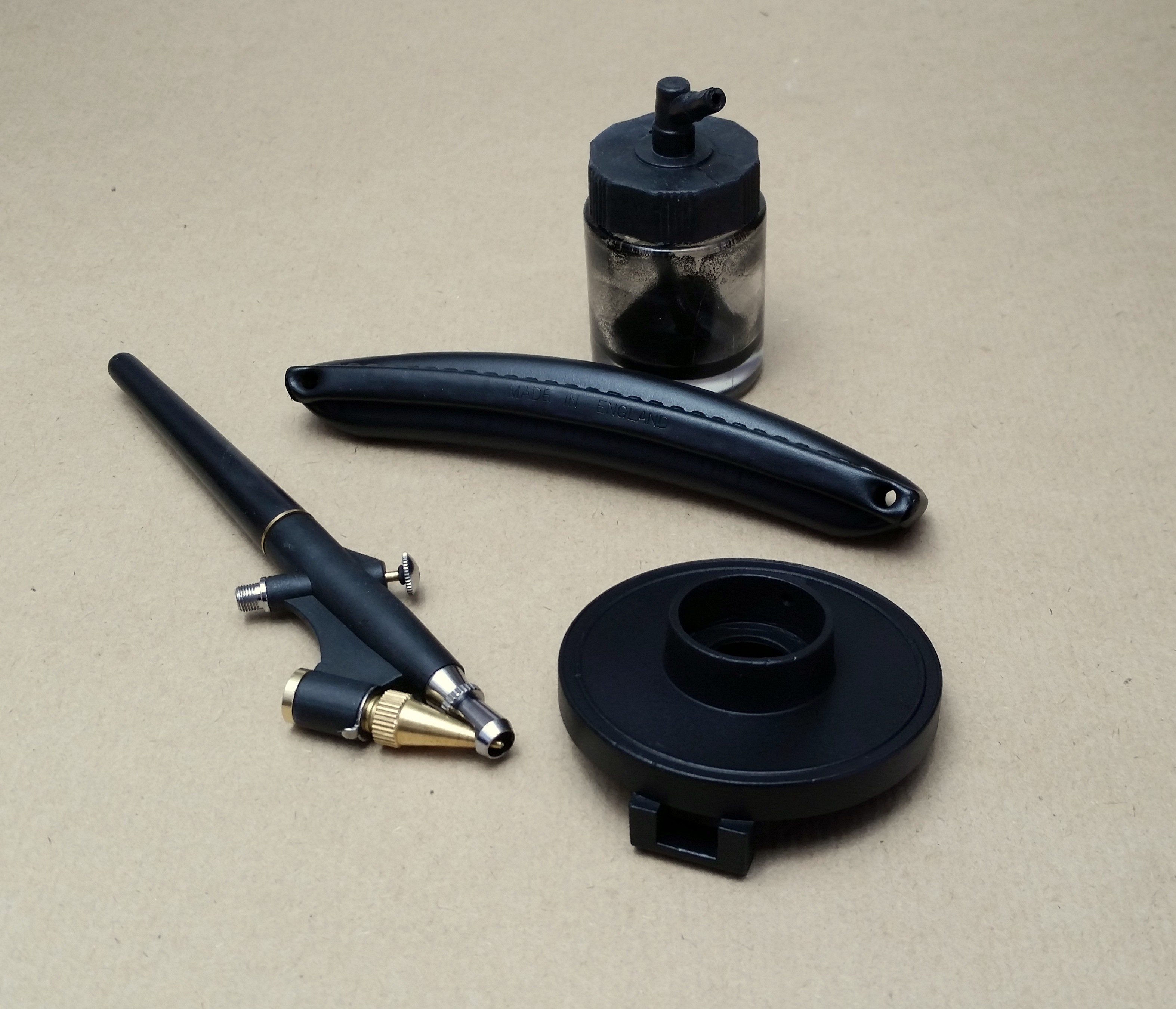
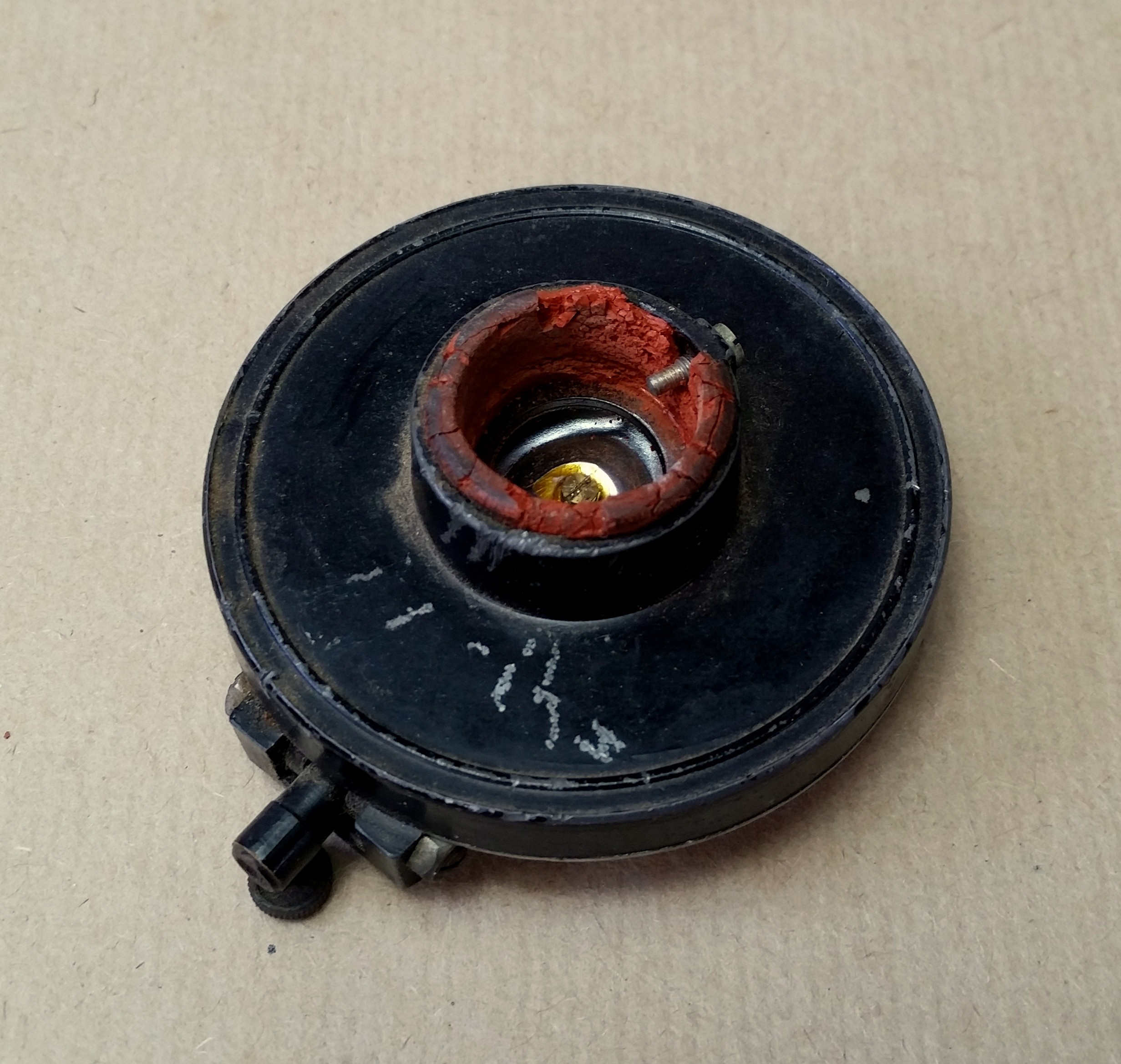
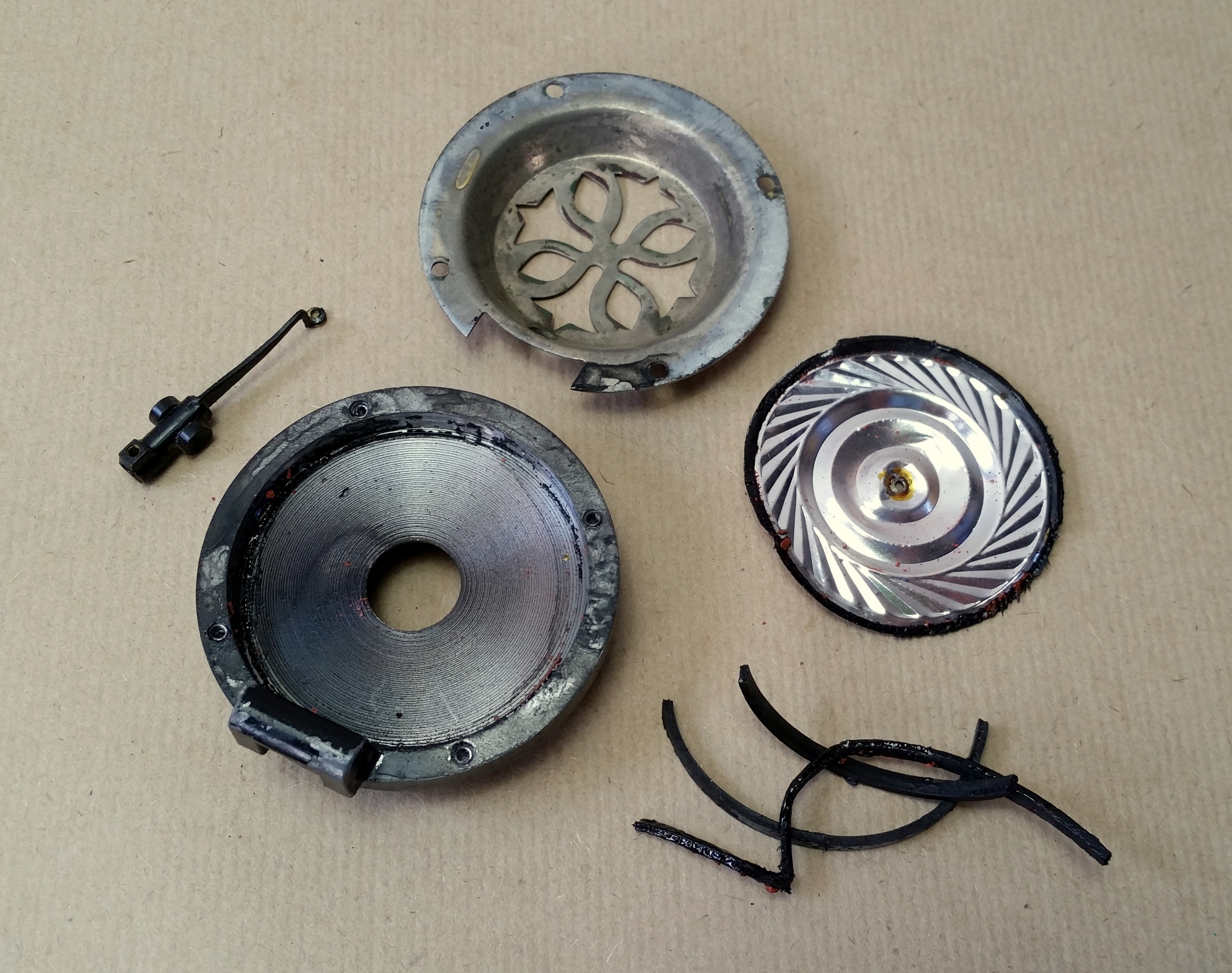
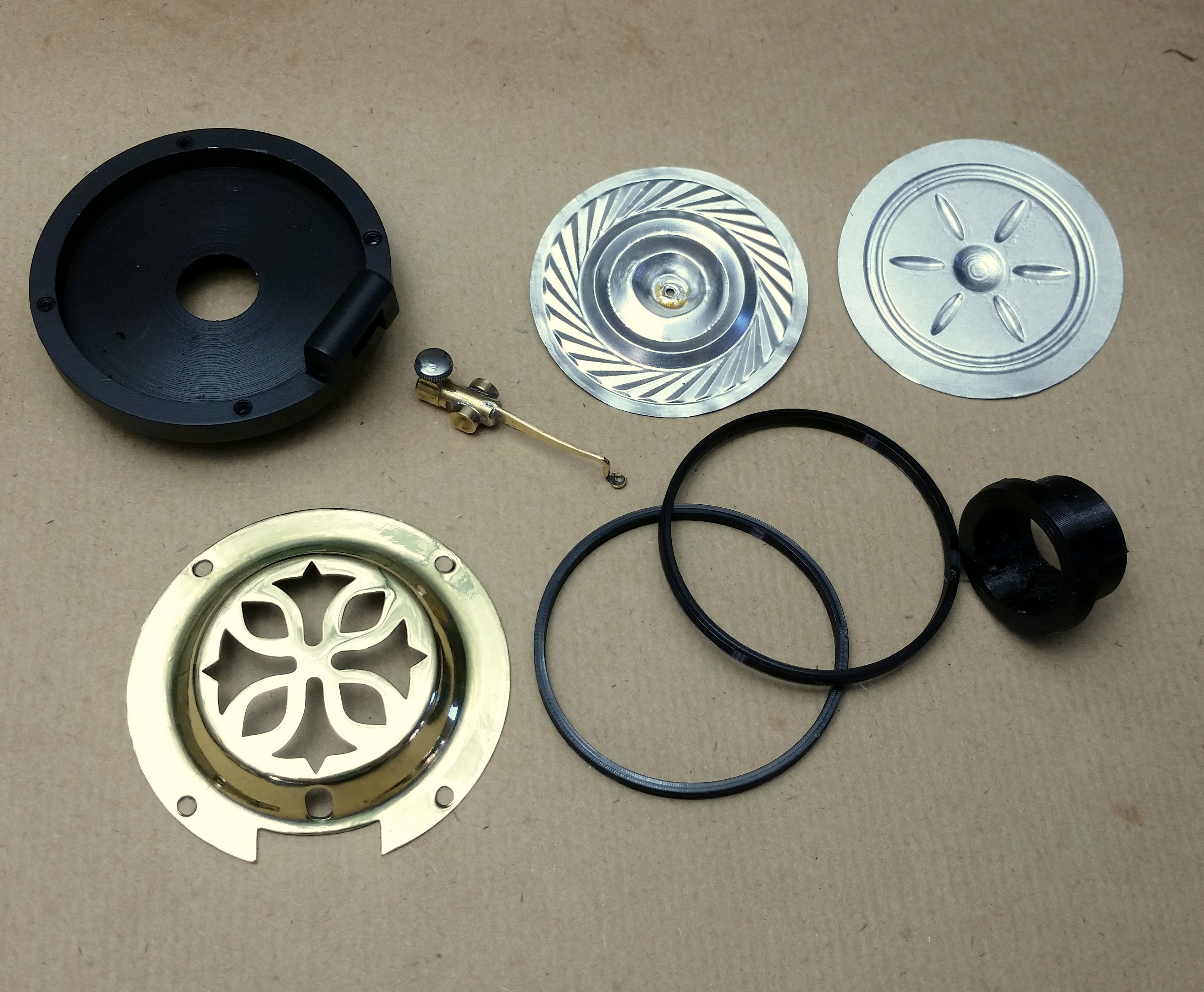

Discussions
Become a Hackaday.io Member
Create an account to leave a comment. Already have an account? Log In.